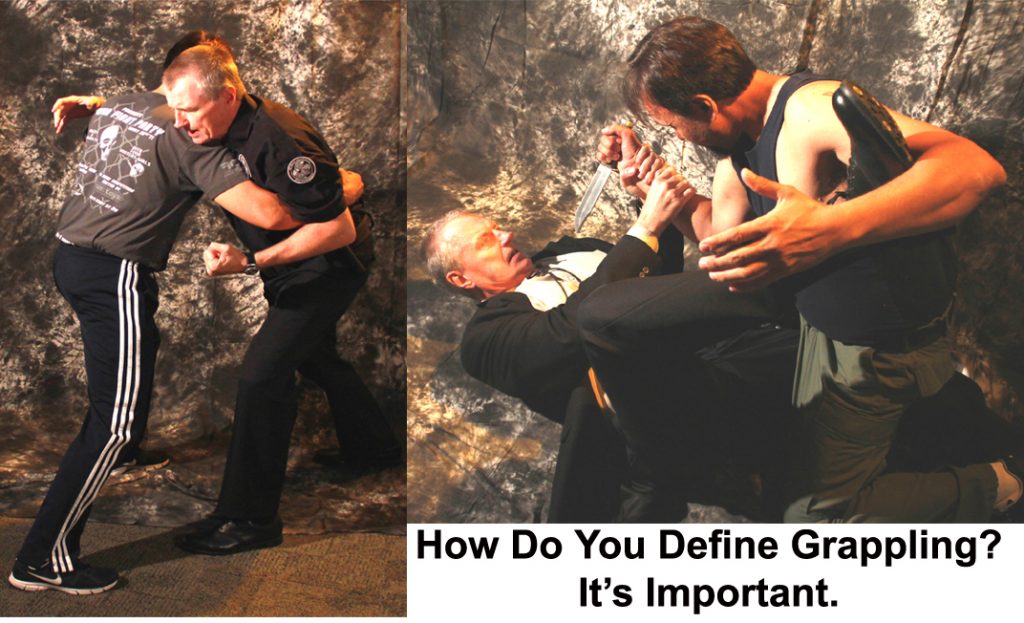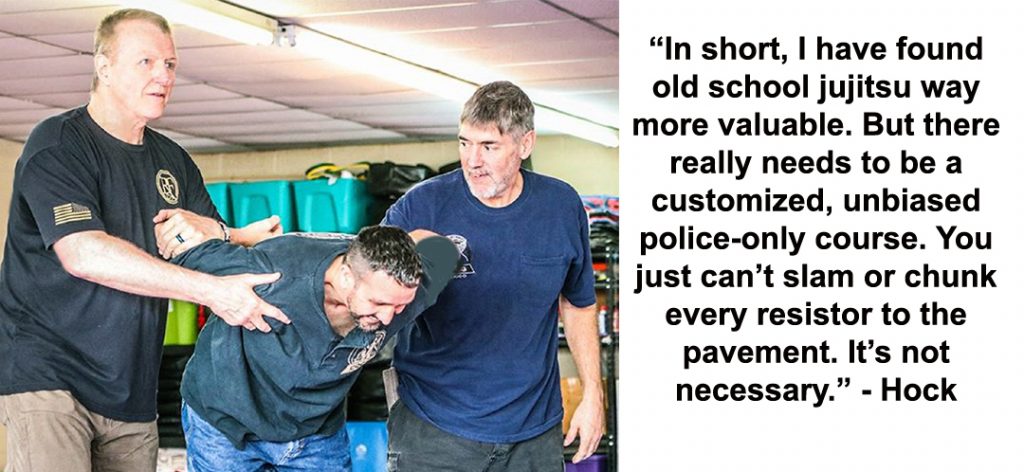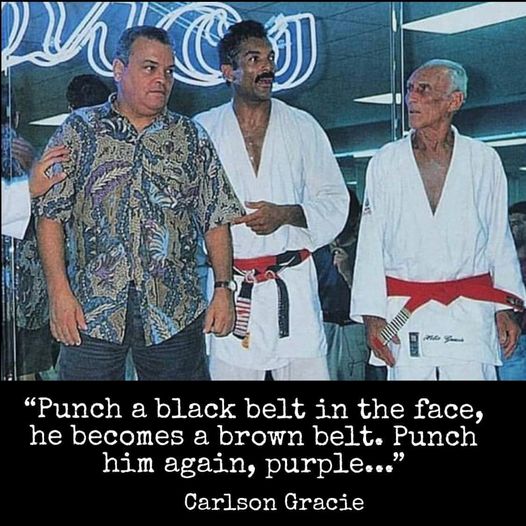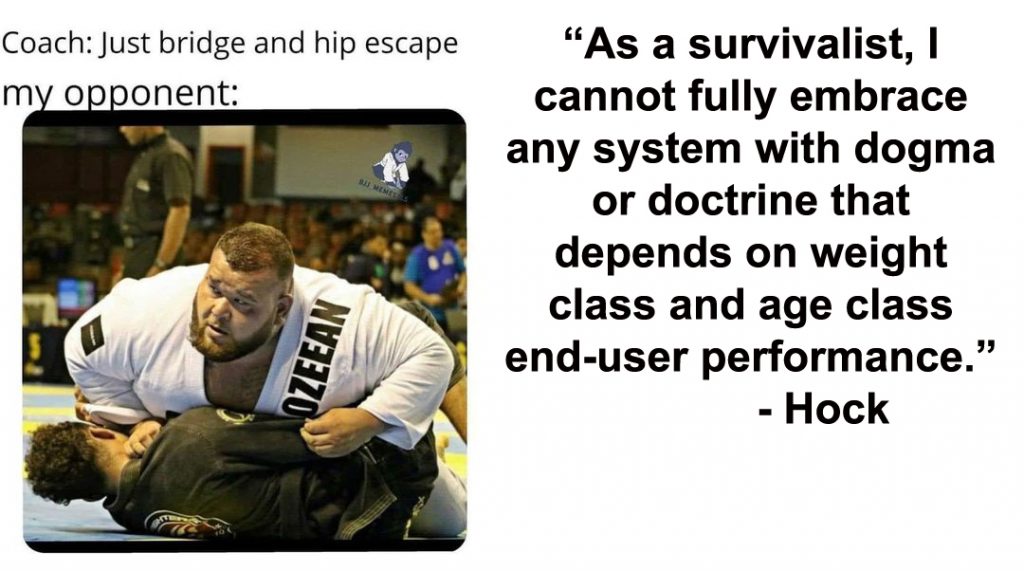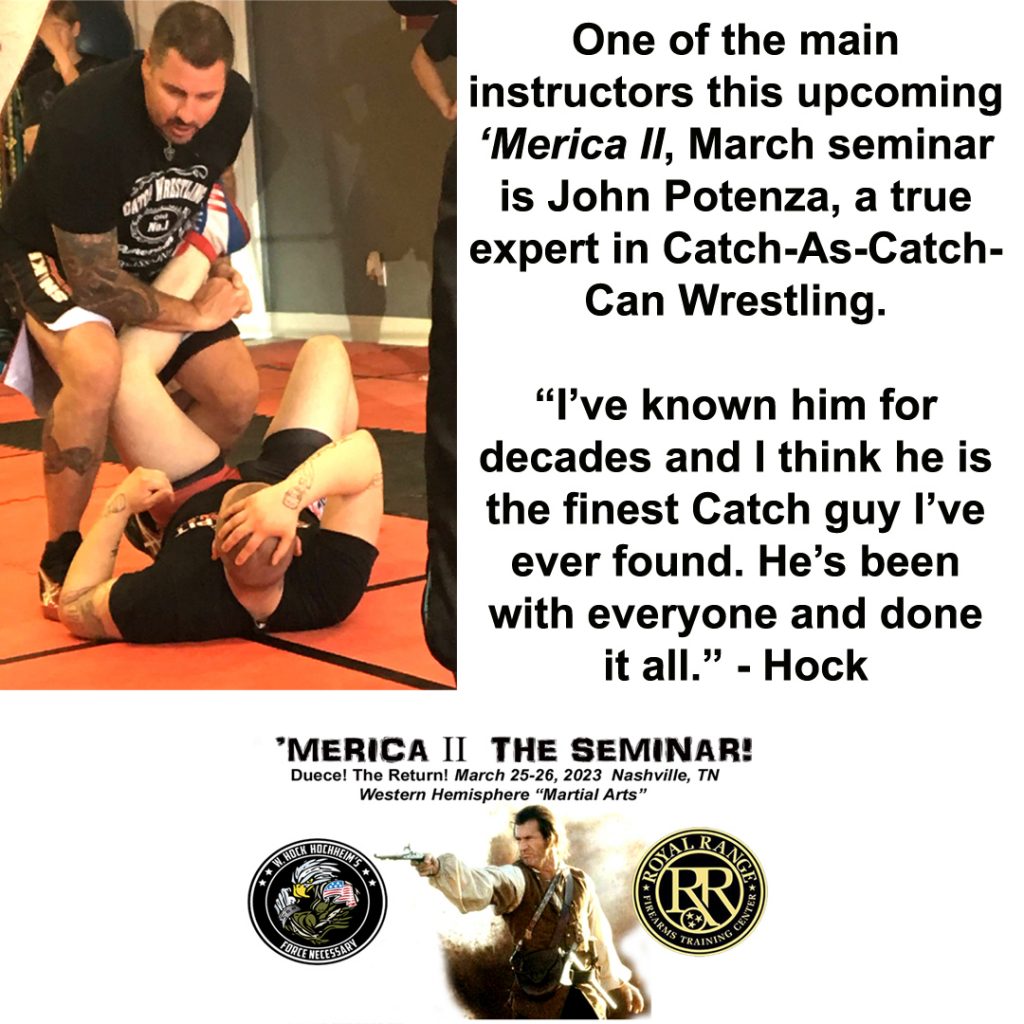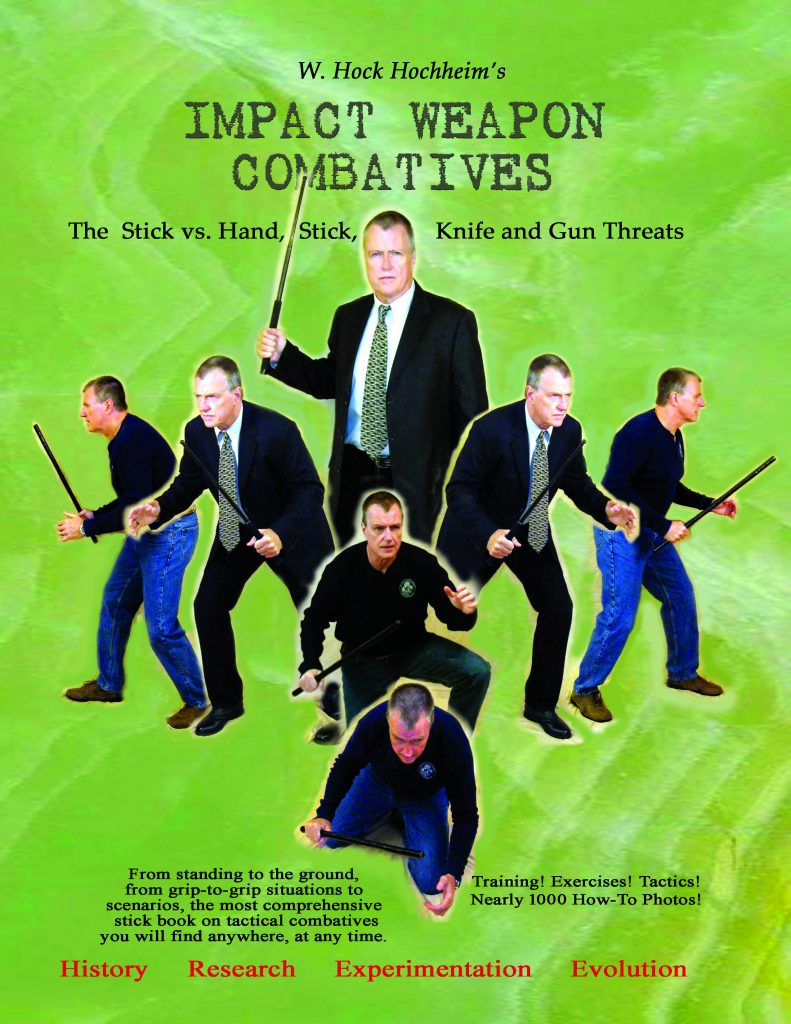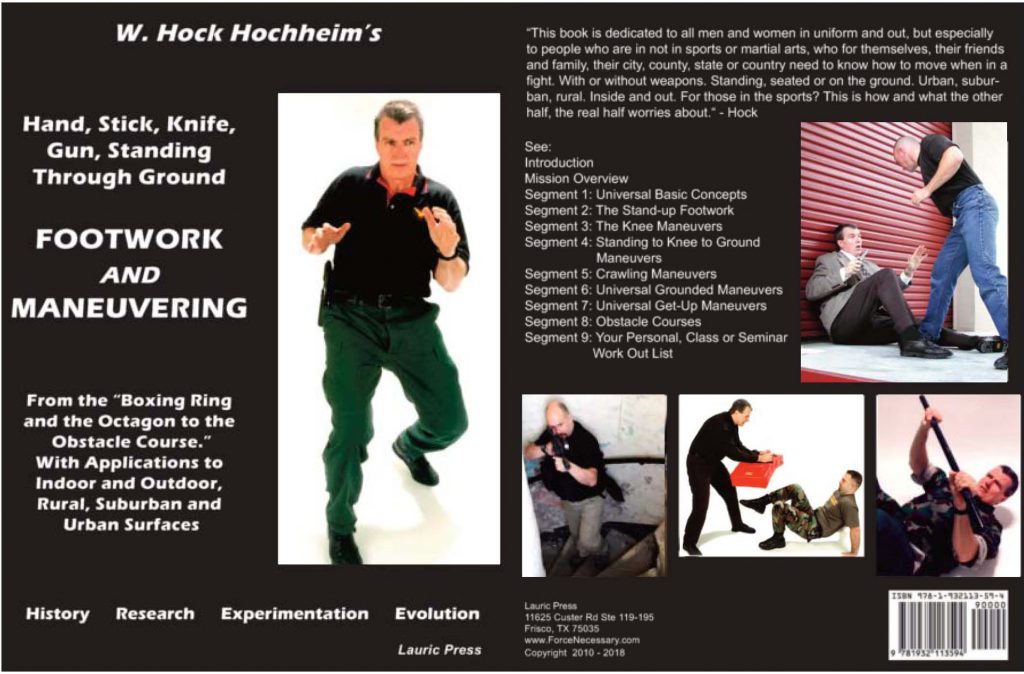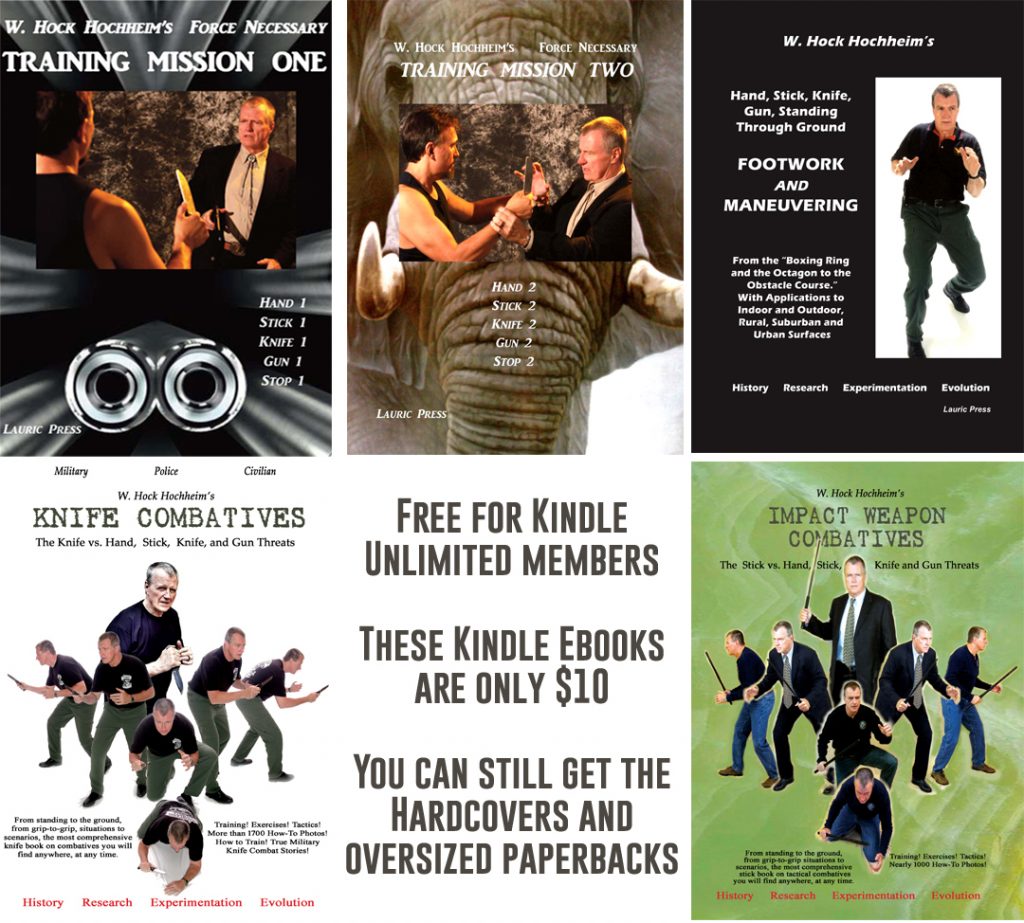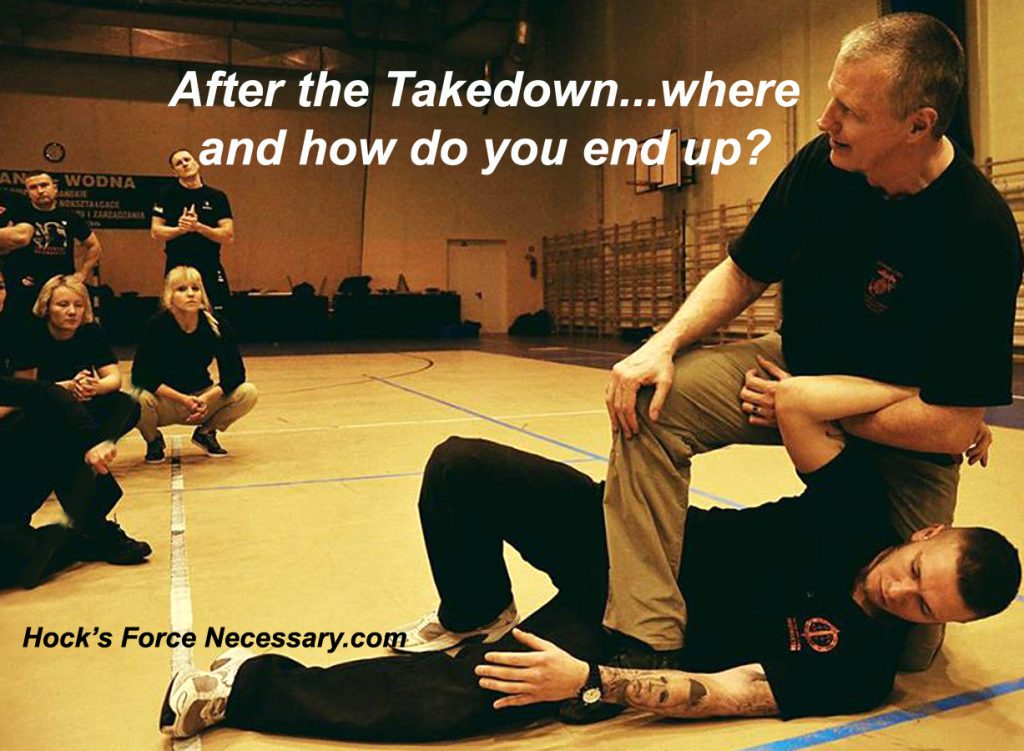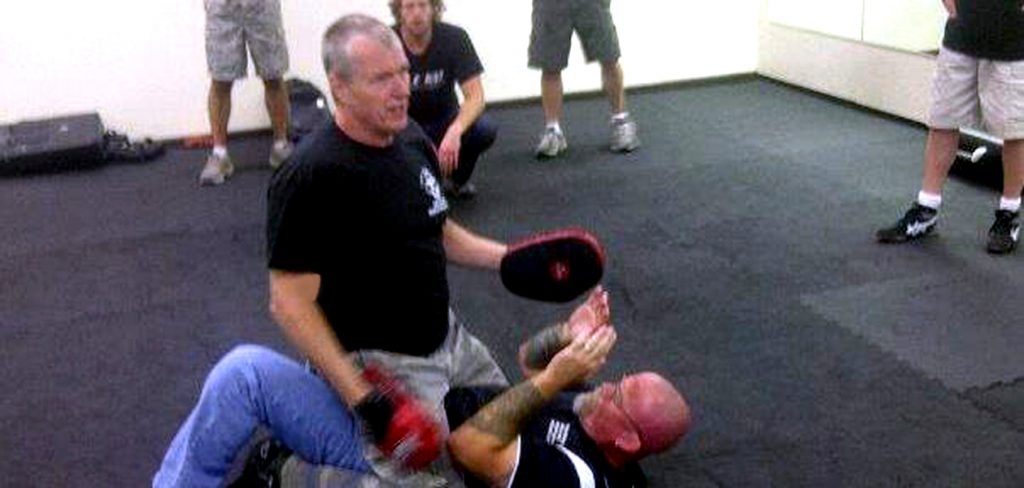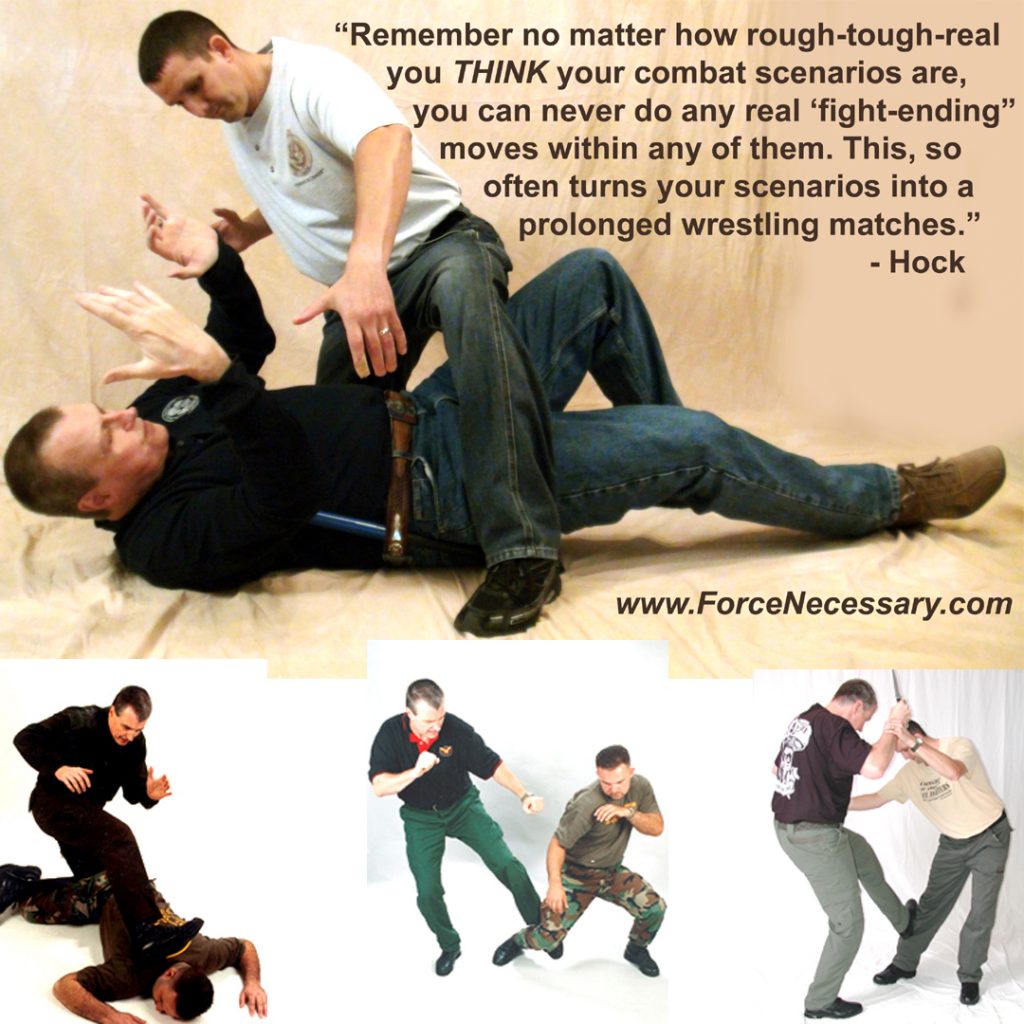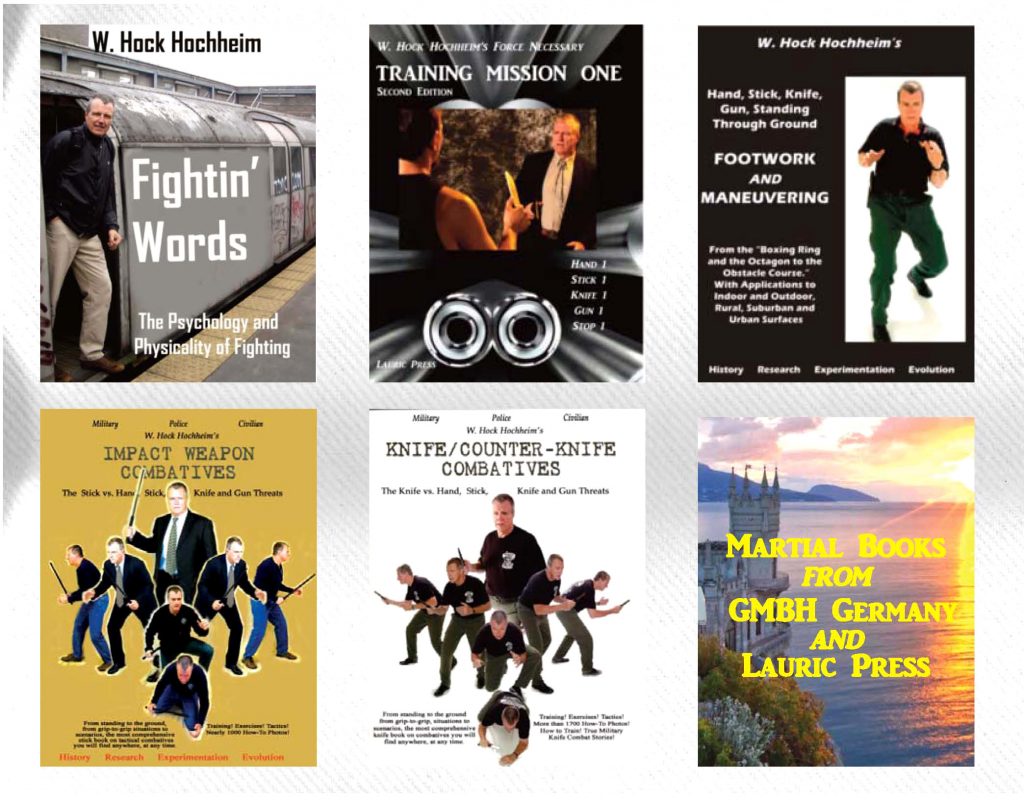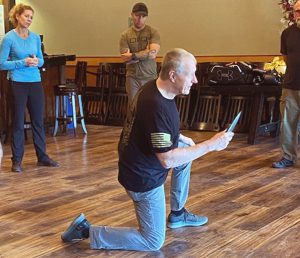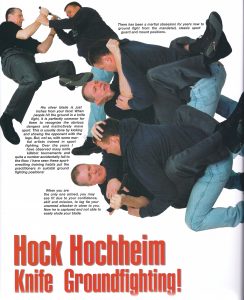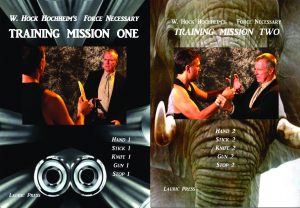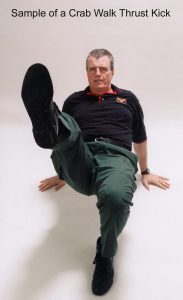Part One: Definitions
In an era of “words count” and “language precision,” how one defines “Grappling” today is indeed important for system doctrine. Does the noun “grappling” officially and unofficially mean as it once did – “all close-up, hands-on struggling standing and ground?” Or is it now just ground… wrestling? Is all grappling just wrestling now? Is all wrestling just grappling now? Can you punch and be “in” official grappling or not? Does “old school Jujitsu” – full of stand-up moves – still count as grappling? Apparently not…
For many decades, perhaps centuries in some cases, the definitions for “grappling” have remained in place. Grappling was once defined in the books and history as a:
- “close hand-to-hand struggle” or,
- “to take a strong hold of somebody-something and struggle with them,”
Both standing and grounded. Anything goes, like hand strikes and kicking. Sports, point-scoring and arts were hardly mentioned, and if so in some cases, were not mentioned in the opening generic, dictionary lines but down a bit like in an addendum with samples.
But today! Thanks to the popularity of many modern martial arts, the word grappling has been redefined in many sources only as a “wrestling submission contest on the ground.”
Soooo, grappling is now nothing but a wrestling submission contest on the ground? What does this mean for ground n’ pound (Gn’P)? As a general rule, you can’t punch in wrestling, Judo, or Brazilian Jiu Jitsu, whether it’s in a competition or a training session.” So, that’s it for grappling? Just wrestling?
Sure, scholastic and Olympic wrestling has helped reshape this definition. And we can assume that the latest widespread rise in Brazilian Jujitsu (a BJJ school every three blocks, which is an overall good thing) has also influenced this redefining. In a way, “Brazilian Jujitsu” has hijacked the word “Jujitsu” in popular consciousness. Ask anyone remotely interested in martial arts and under the age of 40 years-old what “Jujitsu” is, not just Brazilian Jujitsu, but just Jujitsu, and they will automatically think of Hispanic wrestling. I don’t since I am way older, and since I did Jujitsu-Jujitsu, and Aiki-Jitsu, well before the marketing miracle of the UFC. (Say “UFC” and I presume people think “MMA.”)
Nowadays, many schools advertise and call themselves just plain old “Jujitsu” when they are actually “full-monty,” Brazilan Jujitsu. The two have become so synonymous. In fact, if you ask Sensei Google any question about Jujitsu on the net, or if even quantifying a Japanese Jujitsu question, Google will usually respond with lines starting, “In Brazilan Jujitsu…” Search on Jujitsu images and I would estimate about 95% of the images are wrestling on mats.
Thats what you might call a martial monopoIy and brilliant advertising added to the fact that pure wrestling is very addictive. And that BJJ domination, along with wrestling and Judo runs deep, and has effected the term and understanding of “grappling” today. But, this redefinition to “ground submission contest,” has shrunk the original meaning. The word has evolved or actually de-evolved, into a fraction of what it once generically was. Bigger picture to smaller picture. One subject in the shrinking is about takedowns. Do you always fall with the person being dropped? Or not?
Sacrifice Falls and Accidental Falls. Wrestling of all kinds start with Stand-Up fighting-grappling, even if Stand-Up isn’t found within most popular definitions anymore. Inside these old and modern submission-wrestling based approaches, they must have ways to get opponents down on the mat to begin their ground, sport submission contest. Some BJJ folks just drop right on their backside now to start fights “at the whistle,” but ordinarily there’s a few stable takedowns and throws. How one takes down is a tribal definer – do you fall down willingly with the opponent or try to stay up? The fall-withs or “sacrifice falls” are easier. The stay-ups to remain standing or knee-high are a tad harder. They’re called by me “Sacrifice Falls” and “Accidental Falls”:
- Sacrifice Falls: The submission-school of takedowns use what we all still call, and we worry about – survivalists try not to do – “sacrifice falls.” Falling together, takedowns that involve the thrower using his or her own bodyweight with or without a little tripping and “sacrificing” their own balance to take the opponent down to the mat. Willingly falling, because well…. this is wrestling. They need to be on the mat. The submission is down on the mat. It’s what they live, and are, and what they do.
- Accidental Falls. We survivalists don’t “sacrifice fall,” instead we try to remain up or at least knee high as we try to avoid the cement, glass, swamp, Astroturf, asphalt, tile, carpet, rocks, furniture and human accomplices of surrounding life. Having arrested people outdoors and indoors in urban, suburban and rural areas for many years, I-we know even untrained people can freak out scrap and and scramble, powered by isometrics and adrenaline and be a problem, all shapes and sizes of them, on the floor-ground. Here, citizens and soldiers should instantly resort to some or all of a ground n’ pound – MMA , priority-mentality. (There are always situational exceptions, some discussed here later.)
Both “Sacrifice Falls” and “Accidental Falls” can go three ways. For what you do, what fallen, follow-ups would be best for what you do?
- 1- Wrestling. Of course for wrestling, they will only wrestle, or,
- 2- ground and pound (GnP) or,
- 3- a mix of both if open-minded and free.
Back to the Definitions. I use the older, bigger definition for my Force Necessary: Hand course, the unarmed course. In my doctrine, “grappling” is the “close hand-to-hand struggle standing and on the ground” with no rules, just the laws for crime and war. And “with, without and against mixed weapons,” priority. The study will partially remain in the “MMA-like, kick-boxing-like, stunning set-ups via strikes and kicks, takedowns and throws, and primarily MMA-like, ground n’ pound, (and with choke finishes). (MMA really is the closest sport to reality.) Joint lock-cranks are certainly studied, standing and on the ground for general “martialist’ knowledge, and of course much joint-locking is inside takedowns and throws. All martialists must know how all joints of the body twist and bend, no matter what system they do, this knowledge breaches into ground fighting. They are also used to keep people “still” for awhile, like your drunk uncle…
Still For Awhile? – Submitting Drunk Uncles... In survival combatives, we look at and dissect a few, super basic, simple submissions for those times when our “drunk uncles, other relatives and-or nutty friends” must be contained temporally. Captured, not hurt, because you will see cousin Charley again at next year’s bar mitzvah. But, submissions (other than chokes) for us, are not the over-emphasized-main mission. Not… “king.”

Submissions in Police Work. When you get a bruise on your ass, from the badge in your wallet, in your back pocket, you know you’ve really been real ground-fighting. These experiences, investigating cases have worroied me, helped me “set a bar” a stage, for reality in ground doctrine. What’s works? What’s sports-art. I’ve had to arrest some people. Best records I can amass since 1973 is about 900 people in the field as a patrol officer and detective. Not too many arrests really in all that time. Some resisted, some fought, and a rare few tried to kill me.
Checkers versus Chess. My physical end “checkers move” was to handcuff them. A very large majority of submission-tap-out material were “chess-like, sports-art” and not a priority ending. Handcuffing was. The fight doesn’t end with a tap-out, and you cannot go about your life breaking everyone’s bones to end fights. First off, you should not toss EVERYONE on the ground, all the time. You don’t have to. But standing or ground, if you joint crank-lock someone, and they cry “Ouch! You got me!” when you let them go, they continue fighting or continue to run away. Trust me on this. If down and leg locks? Too far away from handcuffing and not a police priority, In general, I have found old school Jujitsu with a lot of Stand-Up grappling way more valuable.
Chokes were always an intrical part of early police training and “street” use. I have choked out about 10 people or so, maybe 9 or maybe 11? Not exactly sure how many, That’s not many. Standing and downed chokes are a survival priority for all to use (and a prominent place in the Force Necessary: Hand curriculum.)
I scratch my head every time I hear that “all police should be purple belts in BJJ.” Ahhh…no. A world of sacrifice falls? Submissions? Leg locks, Chokes (remember chokes are now taboo)? Wrong world. Maybe an orbiting moon? But not the planet. Just…just no. Reduce the abstract. Police need a customized, unbiased – repeat UNBIASED – course of 100% mixed-weapon, police stuff, dressed in police uniforms. BJJ? Just…just no. Police ground fighting is very different animal and it is a mistake to think pure BJJ or any art should be police-mandatory. Remember the Gracies even started a G.R.A.C.I.E. Law Enforcement course, seperate and much different than BJJ, further proving that pure BJJ is not suited for police. (I hear only mixed reviews and am ignorant about it. I plan on attending someday to investigate. Take note that there are numerous police grappling courses “out there.” Don’t take one given by martial artists. Take one owned, operated by cops or ex-cops who were-are also martial artists.
The military needs it’s own highly customized courses too. Don’t get me started on that fiasco.
Submissions in Civilian world. How does all this blend with civilian self-defense-survival? When civilians wrestle on the ground with unarmed and armed rapists, robbers, muggers, drunks or bullies, I wonder, “What is their perceived end game?” The bad guy says, “Ouch! Okay, I quit!” You then…let go? The once controlled thug will re-continue fighting. Or, will you lay locked on the ground indefinitely until help arrives? If help does or can? Again, the real fight doesn’t end with a tap-out, and you cannot go about your life breaking everyone’s bones as some half-wits might suggest. It’s all very situational and legal-problematic. A very large majority of submission-tap-out material were “chess-like, sports-art” and not a priority ending for normal people, in our real world and circumstances.
So…No More Striking? If grappling means “ground submission contests” and ground submission contest systems deny striking…one-plus-one-equals-two…are strikes and kicks (knees too) no longer allowed in official “grappling?” For me, no. I stick with the older definitions and “ground n’ pound.” Speaking of Gn’P, remember the old Gracie quote?
GnP is a mandatory priority for ground survival. Roger Gracie once said that, “80% of BJJ is usless in MMA.” Rickson Gracie said it was 75% useless. Many people think I am useless and dumb, but in all my years of doing, watching, investigating, experimenting, classes, seminars, working out, arresting people, I agree with these icons’ opinion. I am not alone.
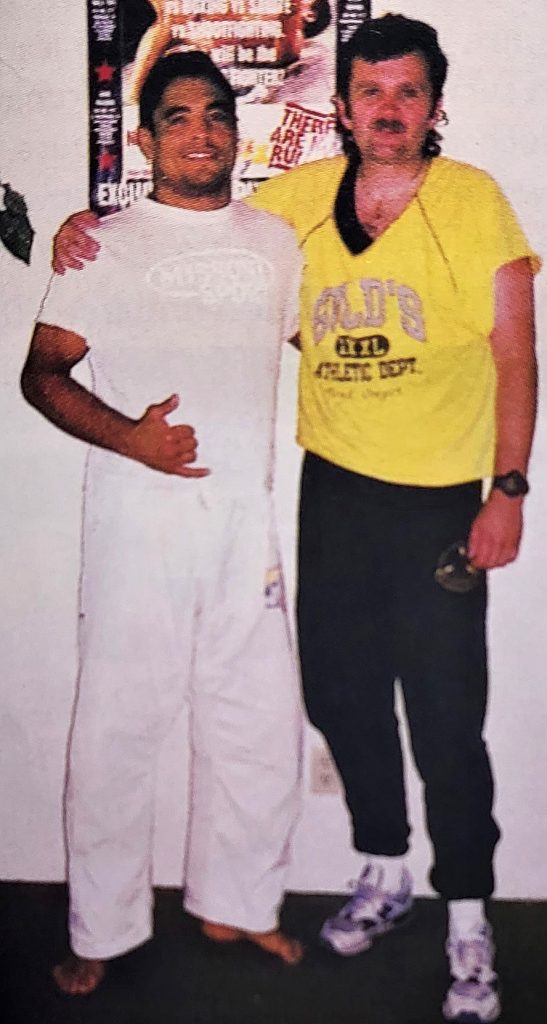
Looking at the UFC, ESPN reports the headline: “How MMA Fights End: Submission Victories Way Down” “Less time is spent on the ground overall,” they report. Gn’P way up. Chokes are catagorized in the submission category numbers, so how many of the vanishing submissions were chokes? Take away the many choke stats and what’s left in the shrinking submission sucess category?
There are of course splinter groups with some strikes, “grappling” with wrestling-only problems and trying to introduce realities. Like Eddie Bravo’s Combat Jujitsu that allows for hand strike slaps. “Strikes can only be done with an open palm. Palm strikes to the body, the face and the side of the head are considered legal. No closed fists allowed. Standing grappling is only permitted for 1 minute maximum. After 1 minute of standing, a horn sounds and the referee enforces the “Get Down” rule. There is then a coin flip and the winner decides whether to be on top in their opponents butterfly guard with double under hooks or on bottom in the same position reversed. If the one standing has clearly been the aggressor then they automatically win the coin flip.”
Okay! That’s kind of complicated, but as I said, there are splinter groups. Even the Gracies had to start “Gracie Combatives.” Why? If it was so perfect in the beginning as advertised, Why? Just…just stick with today’s generic MMA, I think. It’s the closest you’re gonna get. It is interesting that when wrestling systems add so-called “self-defense,” offer self defense versions, they start losing their origin dogma-doctrine, their original “look,” and become… well… combatives. (Ahhh – that’s my planet.)
Speaking of the UFCs of the world, I must quickly mention that I have a process in my evaluation of a hand-to-hand tactics-techniques. I have two questions in that vein…
- Question Test 1: Have I seen this move work consistenly, full speed in the UFCs of the world?
- Question-Test 2: Should I even consider the UFCs because they have rules. They are not the end-all test, crime and war are.
In summary, fighting system doctrine, not dogma, guides the system. Mission. Martial I.Q. studies the ways and mean to develop doctrine. Definitions really count. They they might change “right under our feet” (yes a pun). People do what they do for a variety of reasons. Know your reasons, the definitions and the doctrine. Be happy. Be educated and content on your planet. Know why you’re there. Or? Hop a spaceship.
Part 2: Smart Ass, Dismissive, Gaslight Remarks
BREAK! OKAY! STOP! You Can Stop Here If You Wish! Now This Essay Has a Two-Fold Mission. One mission with this essay is to examine the meaning of grappling and how it’s changed to suit marketing and the times. And the other subversive mission is using the public definitions for – well – a long, long awaited response to the occasional ignorant criticism of me and what I chose to do, my courses. My mission. I usually ignore these biased critics, but when some reach arrogant, ignorant asshole levels it just becomes harder to ignore.
Though I have worked “hand-in-hand” with Catch (my favorite) and BJJ people, I do still seem to aggravate a small percentage of doofuses. I sometimes hear the smart ass, dismissive remarks that…“Hock knows nothing about grappling.” Another classic retort is the advice that since I am so utterly dumb and blind that I just need to join a BJJ school to finally understand what real “GeeeRAPPLING ” is. (As if I have never had explored all this.) These critics rely on their smaller, definition of the word “grappling,” the “submission ground contest” version, and they have no idea about me, my past and my mission. They read a short something I written or said… and… assume I am dumb. You see, for them, I haven’t joined their tribal church, seen “their light” as they know it. But, I am not quite as dumb as you think.
The occasional half-wit, hyper-sensitive assholes even type this, “You wouldn’t last 5 minutes in the UFC MMA ring.” Dear Idiot-boy, I am 70 fucking years old, I wouldn’t last one minute with 30 year-old, 6-day a week, fight-athletes in the ring. But here’s another secret your peanut brain hasn’t figured out. About 95% or more of martial arts instructors and students in the whole planet wouldn’t last 5 minutes in the UFC – MMA ring, young or old.
I am rather familiar with their matted landscape. In police academies and waaay back when in, in-service training there was much control and contain ground fighting, with strikes, kicks and chokes. Once very brutal, the police doctrine got paranoid by around the 90s and the more rough-stuff disappeared. As I said, chokes are pretty much gone. The old police stuff was Catch, Judo, Jujitsu, even old-school Karate. I enjoyed the regular Police Judo classes the military police offered, which were all of the aforementioned, but much situational police-problem-solving also. (They called it all police JUDO back then because “Judo” was a popular word.) In the 80s I started with Jujitsu, Aiki-Jitsu and JKD which was always “up and down.” In 1986 I started up with a deep dive into the Inosanto Family which was already hooked up with Gracies and Small Circle Jujitsu. I was a Larry Hartsell fan and regular attendee of his chock-full-of-Catch-Wrestling and other “grappling” moves. I got to a Level 5 in the Inosanto Family system which included Nakamura “Shooto” shootfighting-shoot-wrestling. Fantastic stuff. High grade MMA. Also luckily for us, there was a famous clan of BJJ guys in the DFW area that put on seminars and open mats in the 1990s. Great people and great stuff. Meanwhile, I studied Aiki-Jitsu (A.J.) to Black increasing my time at throws and takedowns. (Once an A.J. uke was grounded though, A.J. hits or stomps him, as with Parker Kenpo which I started out with in 1973. Little ground time-stuff there, and all stand-up grappling and throws-takedowns… which I guess, doesn’t count anymore? In the newer, “contest-ground-submision” grappling definition?)
The Resisting Opponent…Thing. The nice advice also comes in. “If you just would wrestle for “a year” against resisting opponents, you would build your “Spidey Sense.” This “resisting opponent” is a sales pitch thrown out to others and to me and my presumed dumb self. (My accumulated experience in this subject is already well beyond “the theoretic year.”) My “resisting opponent” in “combatives” is also trying to punch, elbow, face maul and possibly kick me too. Their resisting opponent will not, does not, won’t punch, maul, elbow, kick or cheat. In the end whose “spidey sense” will be smarter for survival? Whose muscle memory will be “better?”
Muscle Memory- The Lost Strike – Forgetting Ground and Pound. Through all the wrestling-related materials I worked on, I worried about “muscle memory.” That if I just did that too much, I might forget striking, blocking and kicking. I had numerous friends in Judo and later BJJ, who, essentially, literally, forgot to punch, to hand strike. I’ve seen this type of loss many times over the years. Striking is not in the doctrine-dogma. I worried about me missing survival opportunities and would from, well, brainwashing forget striking and opt instead to roll and roll around.
I recall one time when a batch of “new kids on the block” were doing a seminar involving unarmed fights inside cars. These guys are biased BJJ-ers. Car fighting is logistically hard to teach-show because car interior wrestling destroys the insides of cars or they have to “hold back” from reality to save the cars. After a few sessions, I commented that there was not a punch, elbow, or palm strike, head bouncing off window-dashboard or door post in the whole somewhat, cooperative car wrestling match. None were taught either in isolated, outside-the-car possibilities. One of the hyper-sensitive instructors responded, “You know nothing about grappling!”
Oh? Huh? In 26 years in police work I’ve had to climb into and remove and fight people inside cars. Palm strikes, hammer fists and elbows were VITAL. That gaslighting angry instructor? He sells insurance and has a commercial BJJ school. So as not to embarrass him, I said little in reply. I so wanted to say though – “And YOU know nothing about fighting inside cars, bubba.” Shoulda. But I didn’t. As I am not that type of public asshole. (And you know otherwise, that guy is great BJJ-er and a very nice guy, but I guess, just hyper-sensitive.) But, there was that classic line again. Make a comment about the limited, inherent inefficiencies of wrestling muscle-memory? Bingo! You get the standard gaslighting remark. It’s like a rehearsed line from a passed around script. That line the best you got?
Simulated strikes on friends in training aren’t felt or recognized at all, and these things become worthless in “pressure testing” and “resistance experience.” You always end up in wrestling matches because ignored simulated strikes don’t count and slowly, innocently, disappear, de-evolve away. The ignorant, shallow person with a low martial I.Q. can’t recognize this training problem-conundrum. In MMA matches, this is not a problem. They strike “when the iron is hot” for real. When the hole is open, and the hole opens a lot. In combatives this concept is not a problem either. If there’s a hole? They hit it. We must recognize and reward these in simulations to ensure proper doctrine. Real reality training can at best, sometimes, involve acting. Say that last line aloud twice.
One flippant daushbag said once that he bet I’ve never had someone really grab me around the neck. Well, Ding-Dong, I have. The guy damn near broke my neck and killed me in South Korea. I broke his finger to survive. I have been put in the hospital and I have put people in the hospital. But ding-dongs don’t know me.
Seemless Fightng, Not Segmented. In my hand, stick, knife and gun courses, I have a motto, “everything you do standing, you should try and do on the ground.” Constant experimenting. We are constantly, consistently doing combatives on the ground. Striking, kicking, trapping-pinning, choking, drawing weapons, shooting, slashing, stabbing, even taking this or that joint lock-crank…on the ground. I am committed to the seamless application of all good moves, from standing through the ground.
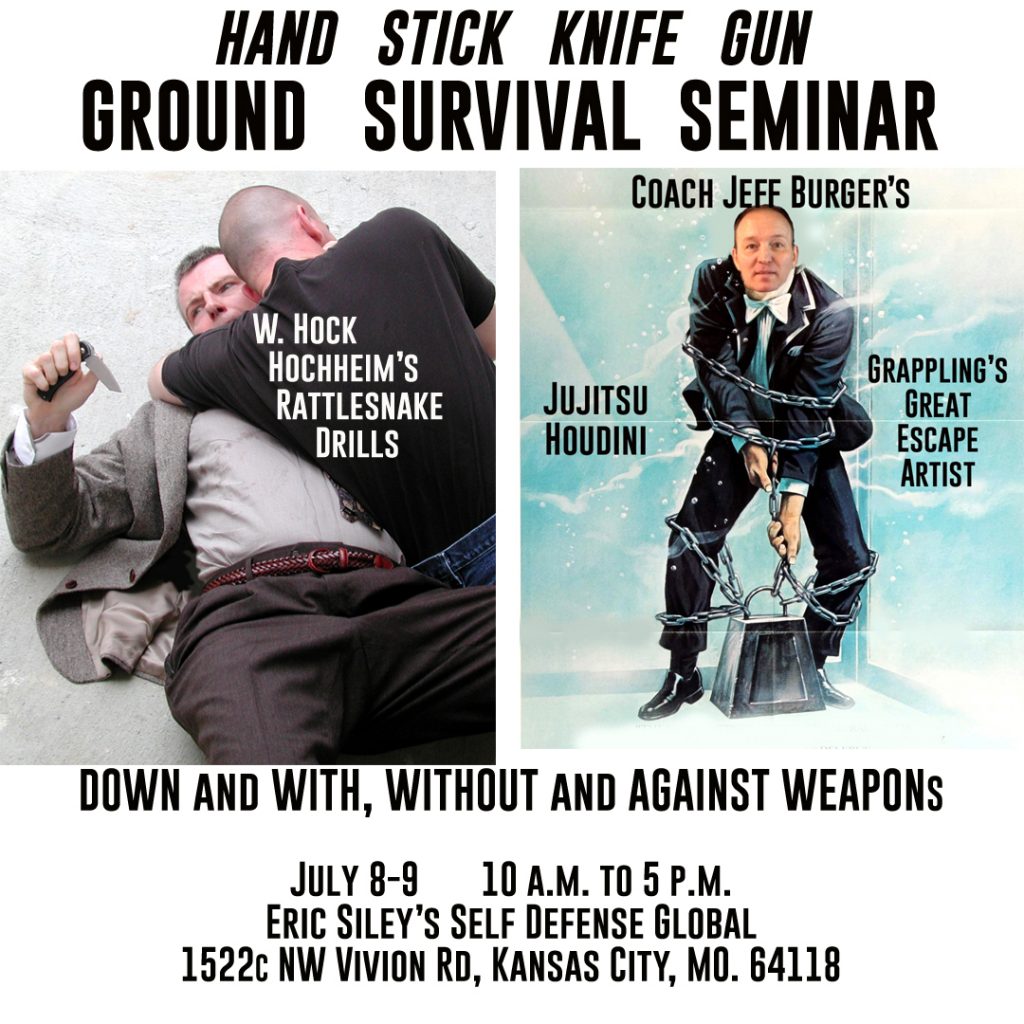
In my hand, stick, knife and gun courses, I have a motto, “everything you do standing, you should try and do on the ground.” Constant experimenting. We are constantly, consistently doing combatives on the ground. Striking, kicking, trapping-pinning, choking, drawing weapons, shooting, slashing, stabbing, even taking this or that joint lock-crank…on the ground. I am committed to the seamless application of all good moves, from standing through the ground. What do you think I’ve been exploring-doing for the last 51 years? I do know something. I am not as dumb as you think.
But gaslighters? It’s just I don’t look like you, dress like you, think like you, act like you, seek what you seek, we don’t start like you, or finish like you and our middle is different. I… have… a… different… mission. Just because I don’t worship at your church, doesn’t mean I’m a heathen.
Summary. So in a world where “words count,” precision language is important. If your only definition of a grappling expert is just being a dedicated master of tap-out, submission ground contests? Then maybe you are right about me. I do not know the tons and minutiate about your fractional, smaller definition of “ground sports contest grappling.” Maybe in that regard, you should get all uppity-superior on me. Go ahead, but try not to be too much of an asshole? I might just agree with you. I am always looking for tidpits I can alter, process, use and teach. And counters. Counters to everything. When I am there to learn, I am not there to replicate systems, I am there only to learn how to beat systems.
Oh, and to the asshole, hyper-sensitive commenters with ignorant, snap, gaslight judgements, with no internal filters bordering Tourette Syndrome…who really don’t know shit about me. Fuck you. Fuck you and the horse you road in on – remember in the very big picture of hand, stick, knife, gun crime and war? Your horse is really defined as a very small, one-trick pony.
______________________________________
